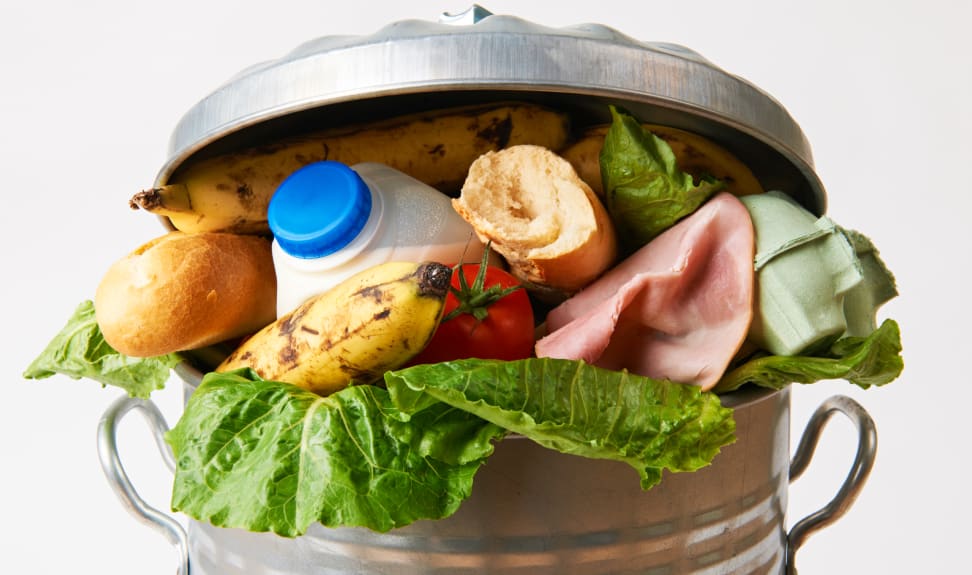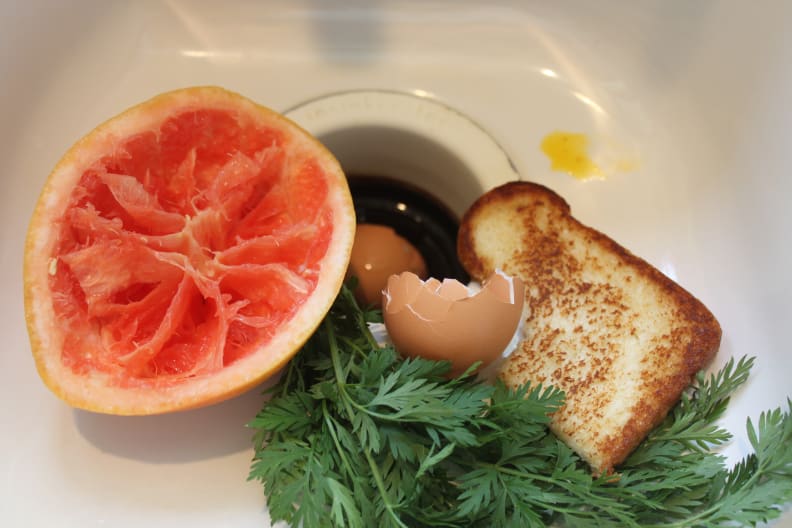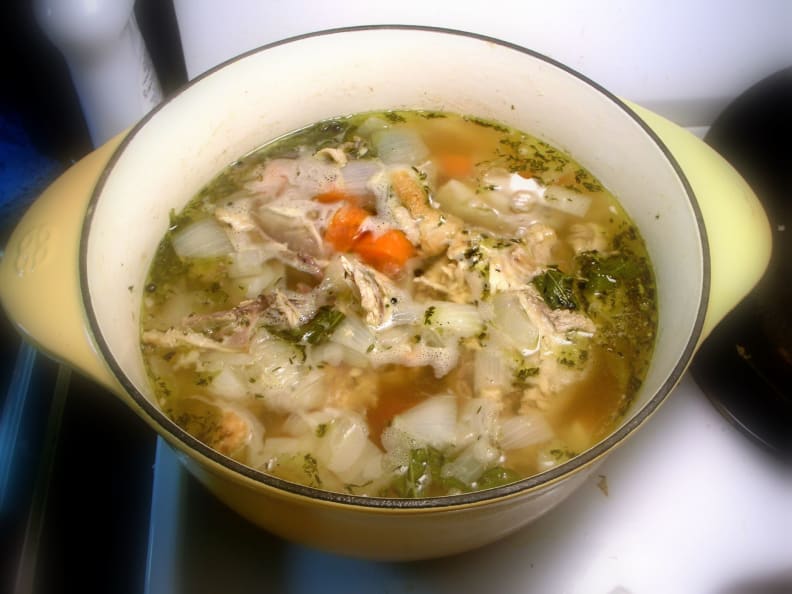Forget the Garbage Can, Put Your Food Scraps to Good Use
Less for the garbage pail, more for the dinner table
 Credit:
Flicker user "usdagov"
Credit:
Flicker user "usdagov"
Recommendations are independently chosen by Reviewed's editors. Purchases made through the links below may earn us and our publishing partners a commission.
Growing up, a saying was uttered around the dining room table more often than I care to remember: “There are starving children in China.”
This would usually come towards the end of a meal, when something on the plate just didn’t appeal to my still-developing palate. The line was my parents’ guilt-trip, designed to minimize the amount of food that might go down the garbage disposal. And it often worked.
But later in life I discovered the phrase wasn’t a cliché; there are starving children—and adults—in most corners of the world. Many of them live in the United States, the land of plenty. Despite ample natural resources to feed our entire population, the Agriculture Department estimates 14 percent of American households were food insecure at some point during 2014.
So, it’s even more disturbing to hear of the amount of food that gets wasted in the 21st century. According to another USDA study, 133 billion pounds of food was “not available for human consumption” due to “postharvest food loss.” Shockingly, more than two-thirds of that happened at the consumer level (the rest was at the retail level; the report did not measure waste at the farm level).
Yes, you and I—not restaurant chefs—are responsible for 90 billion pounds of food lost each year.

How are we squandering it? The USDA says food is wasted through many of the ways you’d expect, such as spillages, abrasion, bruising, excessive trimming, excessive or insufficient heat, and inadequate storage.
But the USDA also points to consumers confused over “use by” and “best before” dates, meaning food is discarded while still safe to eat. Other issues include a lack of knowledge about preparation and appropriate portion sizes, as well as consumer demand for high cosmetic standards (i.e. we avoid ugly or misshaped produce, no matter how delicious).
If that weren’t bad enough, the EPA reminds us that food waste shipped to landfills breaks down to create methane, a potent greenhouse gas that contributes to climate change.
So, we applaud how Epicurious shines a light on the food waste issue, urging home chefs to “get off auto pilot… (and get) closer to our ingredients.” As they explain:
“When we think about food waste, we become better cooks. Ribollita, beef bourguignon, and chilaquiles are just a few of the dishes that wouldn't exist were it not for some curious cook wondering how to deal with stale bread, tough meat, and old tortillas.”
{{amazon name="City Harvest: 100 Recipes from Great New York Restaurants", asin="0847846229", align="right"}} Epicurious isn’t the only one getting on-board to fight needless food waste. CITY HARVEST: 100 Recipes from Great New York Restaurants is a new cookbook that provides recipes from some of the city’s best-known chefs, as well as suggestions on using leftover ingredients for delicious sequels. And Manhattan chef Dan Barber offers tips on getting mileage out of “waste” like juice pulp, carrot tops, and leftover Champagne.
Here are just a few more ideas from Epicurious (and others) as to what we can do with ingredients that may be past their prime, but not yet doomed for the garbage pail:
Rotisserie Chicken Leftovers
Plenty of us have cooked chicken meat sitting around—leftovers from a rotisserie chicken that didn’t get finished. There are a thousand ways to repurpose that meat for a second meal. I personally like this simple recipe for chicken and broccoli soup from Food & Wine. And although the recipe calls for broccoli “florets,” soup is an easy way to get mileage out of the broccoli stalks too.

Chicken stock, so easy to make and wonderful to have in the freezer
Chicken Carcass
Once every scrap of chicken has been picked off the carcass, at our house, no chicken (or turkey) skeleton goes wasted—instead, it’s recycled for chicken stock. While some recipes call for making stock from a whole, uncooked chicken, a quick broth suitable for enhancing rice or other dishes can be made from little more than bones and water. And what isn’t used within a week can go straight into the freezer. You don’t really need a recipe, but first-timers can check out these simple instructions from chef Jamie Oliver. Bonus: Homemade broth sidesteps the high sodium levels of many store-bought brands.
Day-old Bread
Ribollita is a classic Italian peasant soup, with stale bread at its core. The flavors intensify on reheating, so you’ll find the soup even better the day after, as this Italian sausage-filled Ribollita recipe from Epicurious suggests. Just don’t forget to hold back some of the croutons for the leftovers.
Stale Tortilla Chips
In Mexico, where traditionally tortillas and salsa are made fresh daily, breakfast is often crafted with the leftovers, for a dish called chilaquiles. By frying the old tortillas in oil, they crisp, leaving behind almost any hint of staleness. Chilaquiles today are made with day-old tortilla chips, after humidity has stolen their crunch. This recipe from Rick Bayless at Food & Wine captures the spirit well enough, though we’d add a fried egg or two to sit up top.
Compost It
When I was growing up, every day or so my mother would ask me to empty the garbage, but this didn’t mean a trip to the trash can. She wanted me to take the ceramic pot sitting next to the sink, overflowing with egg shells, coffee grinds, and—yes—my plate scrapings, and empty it into a compost pile at the back of the yard. The kitchen scraps were folded into the accumulated weeds and garden clippings, and over a period of a few weeks the organic waste would decompose, eventually creating the most wonderful, fertile soil.
For those with smaller yards, indoor composting is an easy option. The EPA offers this handy guide, while HowtoCompost.org is another good resource for the joys of composting.
Related Video
{{brightcove '4653461396001'}}



